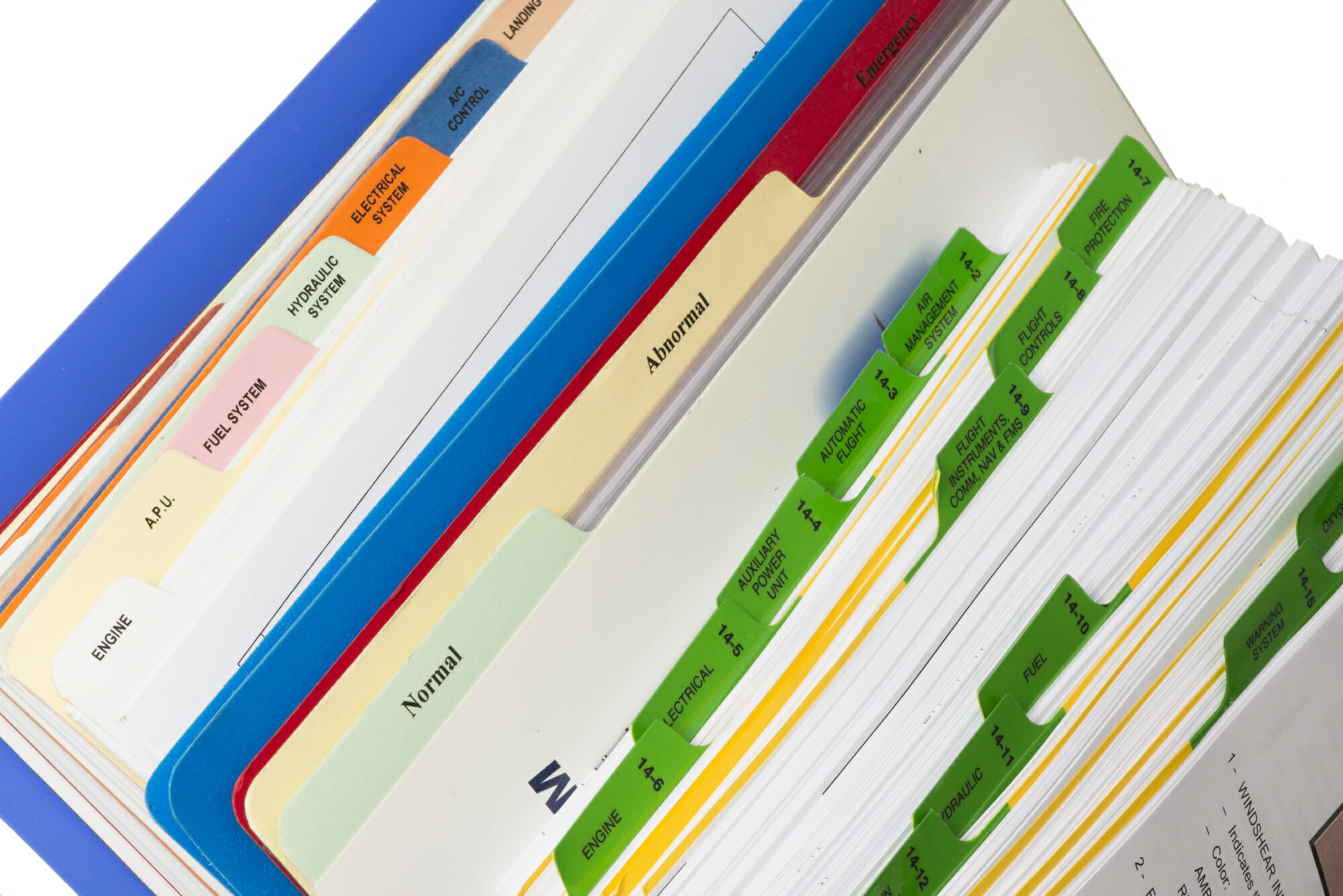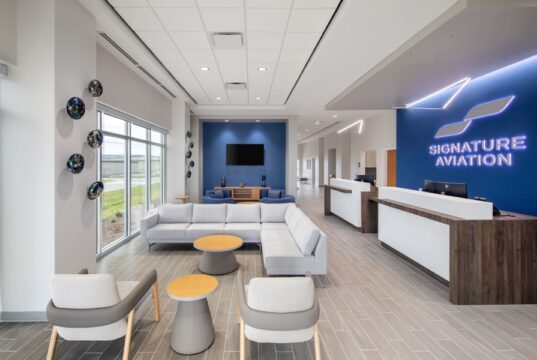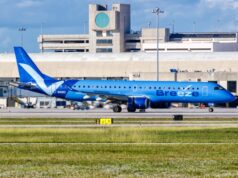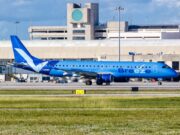Pilots are required to conduct a detailed preflight preparation that includes reviewing the validity of key aircraft certificates and documents. Without their presence, the aircraft may be rendered unairworthy for flight. Familiarizing yourself with key aspects pertaining these documents is critical for flight safety, as they contain specific information about the operation of an aircraft and flying techniques, among other relevant information.

One of the most important documents is the aircraft-specific pilot’s operating handbook (POH) or airplane flight manual (AFM). The POH contains critical operational information, such as operating limitations and performance charts. This document is produced by the manufacturer and follows a common structure across all manufacturers. Generic books are not an acceptable replacement to the aircraft specific POH, which must include the tail number of the airplane to be flown. This document does not expire.
In terms of FAA issued documentation, both the airworthiness certificate and the registration certificate must be carried onboard at all times. Each serves a different and unique purpose. The airworthiness certificate is issued after the aircraft is inspected and found to meet the requirements for safe operation. Hence, it does not expire if the aircraft is maintained in an airworthy condition. On the other hand, registration certificates do expire, and their expiration date is specified in the document itself. Certain conditions may also render a registration certificate invalid, such as transferring ownership and loss of U.S. citizenship, among others. Be sure to consult with the local Flight Standards District Office (FSDO) if you are unsure about a particular circumstance and its impact on the validity of a certificate.
Directly connected to aircraft documents, is the compliance with FAA aircraft inspections. Inspections must be properly logged and recorded by an authorized mechanic but it is ultimately the PIC’s responsibility to ensure compliance. Annual inspections are mandated for any reciprocating engine or single-engine turbojet/turboprop-powered small aircraft (weighing 12,500 pounds or less), not flown for business or hire. Additionally, when used for hire or compensation, a 100-hour inspection is required for for all aircraft under 12,500 pounds, except for turbojet or turboprop multi-engine airplanes. It is important to note that while certain operations are willingly conducted under preventative maintenance programs, these are not a replacement for FAA-mandated inspections, unless a specific exemption is granted.
Pilots must be able to demonstrate proper compliance of the aforementioned inspections, in addition to any additional specific equipment inspections (altimeter system, transponder system, ELT), as applicable, for the specific type of operation to be conducted. While some inspections are not required for VFR flight, IFR operations may imply additional requirements. Likewise, pilots must comply with all issued FAA Airworthiness Directives, including those that may require continuing or recurring action. These may alert operations of an unsafe condition due to a design defect or maintenance abnormality. Failure to adhere to an Airworthiness Directive (AD) is a violation of federal regulations and compromises safety. ADs are issued “as needed” and published biweekly on the FAA’s official website.Staying informed with respect to the maintenance status of an aircraft is a critically important phase of the preflight process. Pilots must be aware of the information provided by each aircraft manual and be ready to promptly access pertinent information when needed. By reviewing the maintenance history of the aircraft, pilots can make informed and educated decisions and minimize risk to achieve a successful outcome.






















































































































